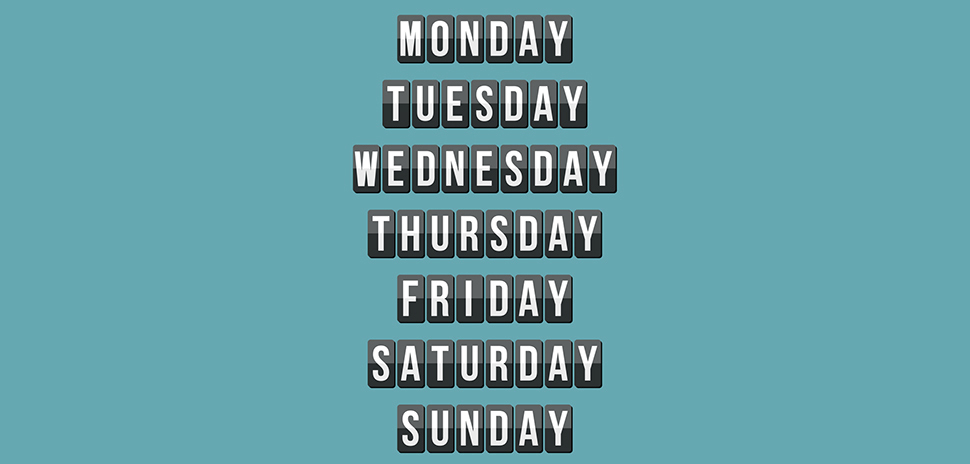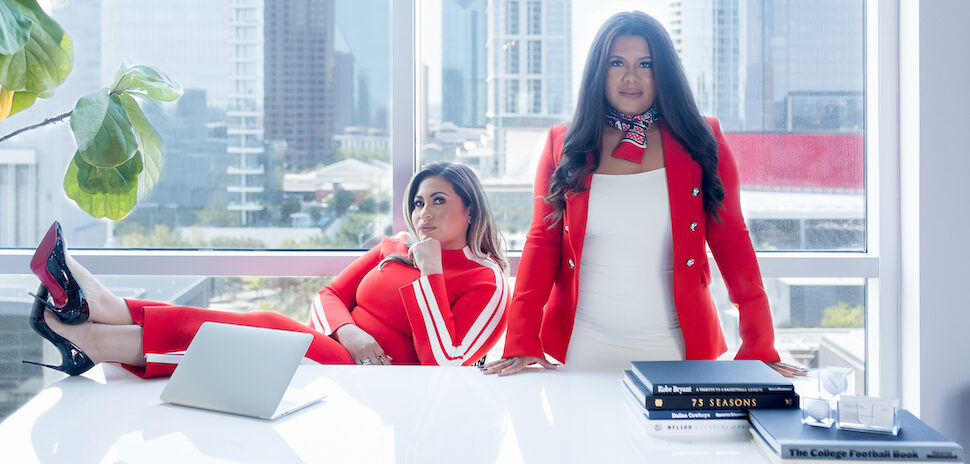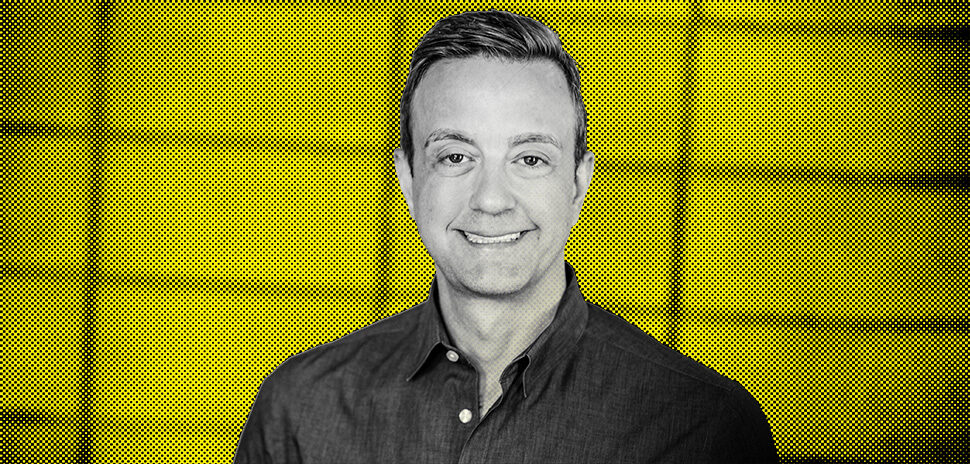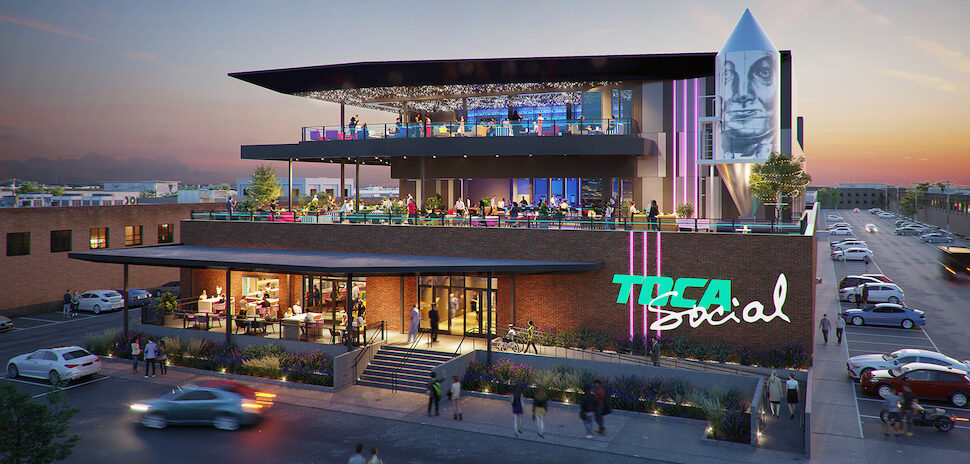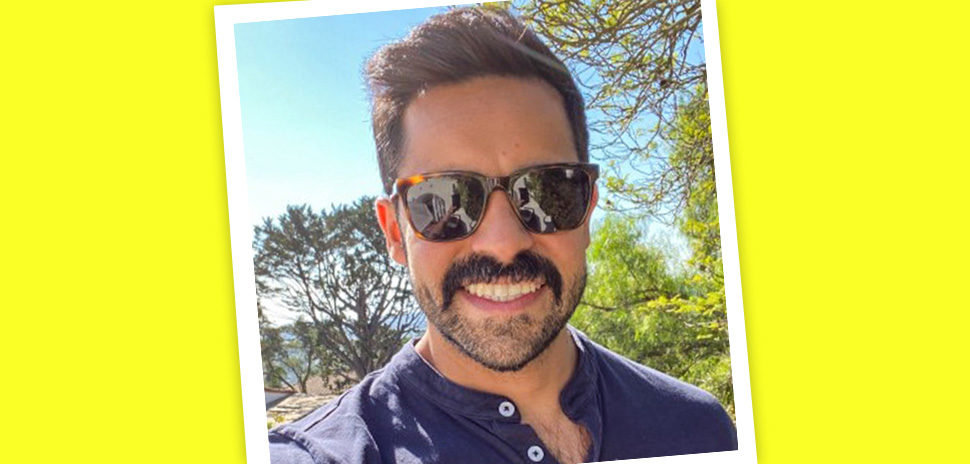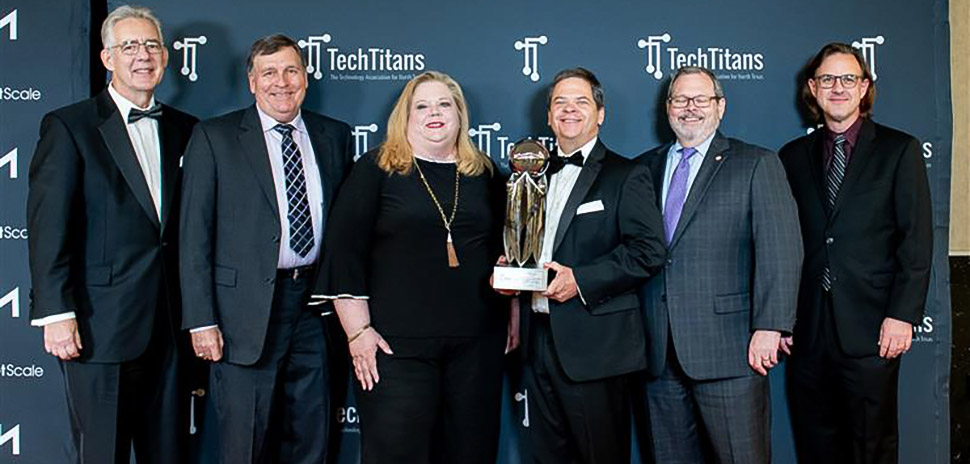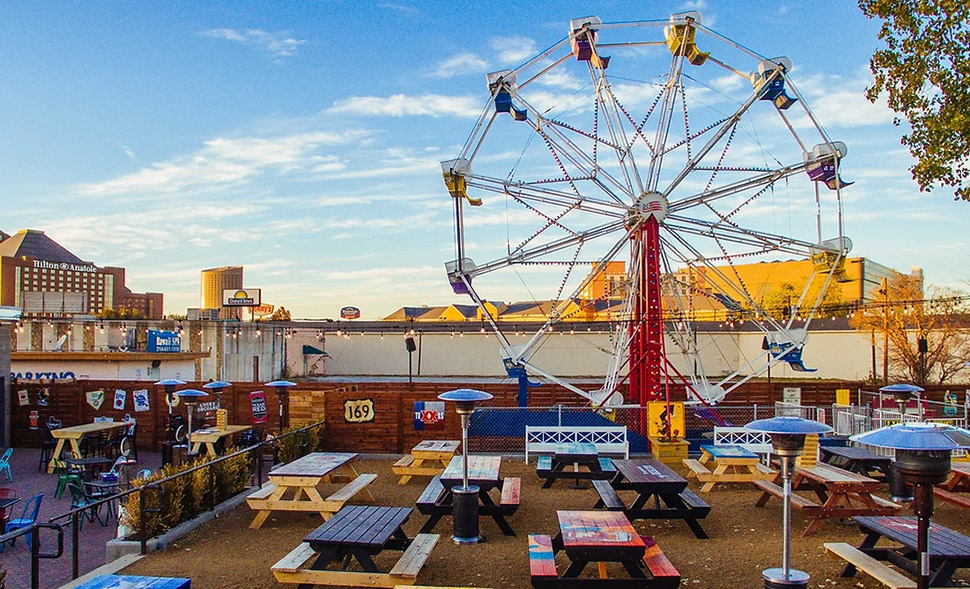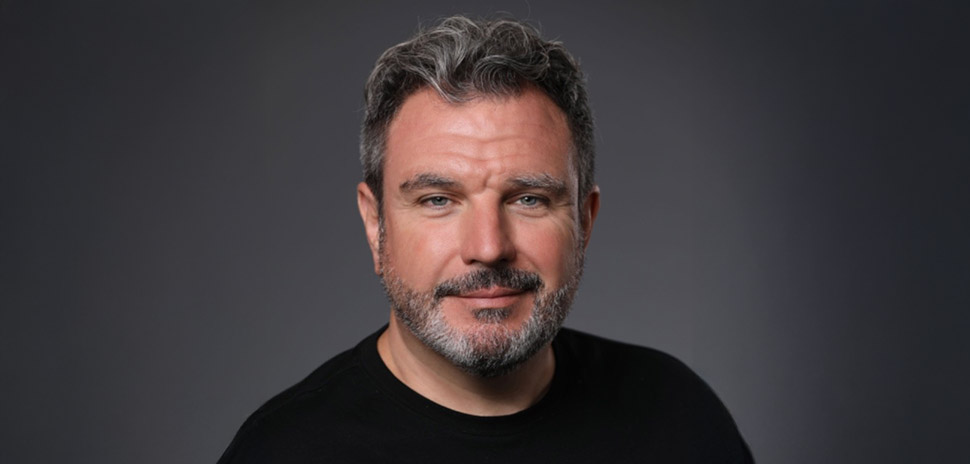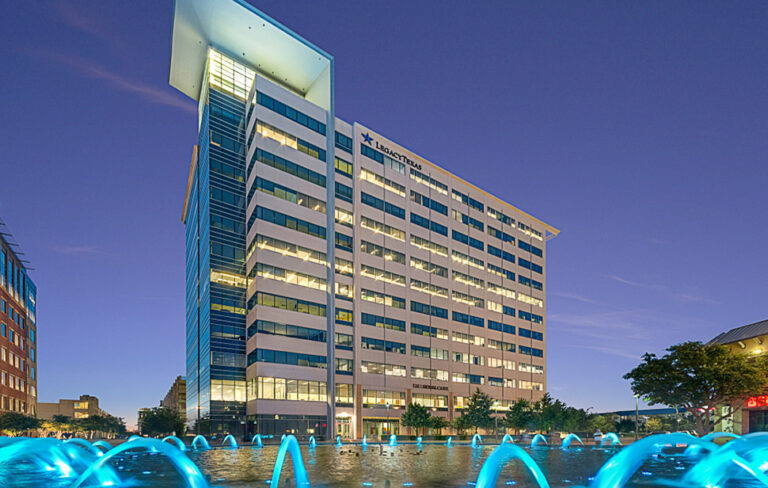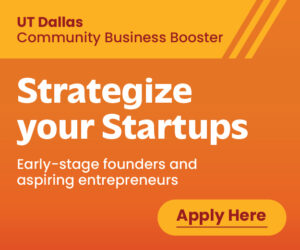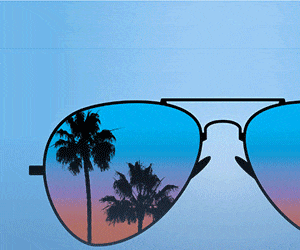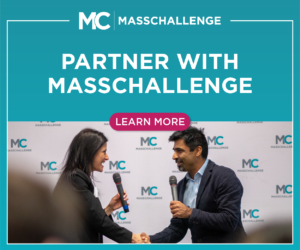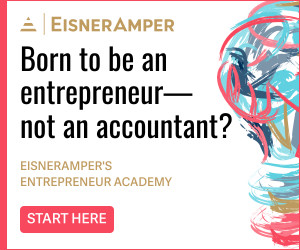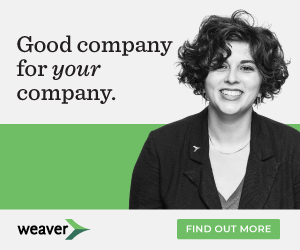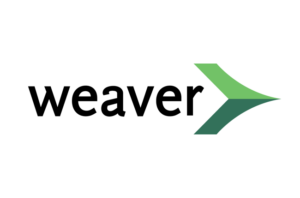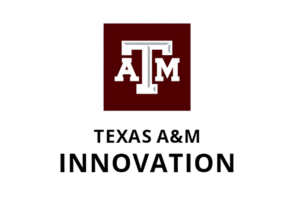The Design With a Big ‘D’ series digs into the scope and depth of the Dallas-Fort Worth UX/UI industry as the region becomes a hot spot for design talent and companies. To follow the series and get the news on what’s now and next in Dallas-Fort Worth, sign up for Dallas Innovates Every Day.
Tatiana Miller, executive director of design at USAA, says her journey into design was unconventional. She talks with Dave Moore about getting into UX design, what she’s most proud of, and how she manages some 60 creative professionals at USAA.
What do you do for USAA as executive director of design, and how you apply design thinking in your role?
USAA has three major lines of business; they include the Bank, Investments, and Property and Casualty (P&C) Insurance. In my role, I oversee design teams that are deployed against P&C experiences, and I lead teams in both San Antonio and Plano.
As Executive Director of Design, my job is to develop and inspire designers, as well as to provide them with equal parts of autonomy and clarity to do their jobs. It’s all about the people, and design thinking is a method of considering people’s needs early and often in the process. So, I use design thinking almost every day, whether I am thinking about how to scale design or empower diverse teams to solve the right problems, align, and deliver value together.
I work with designers in two locations, San Antonio and Plano, and lead design teams that provide design services to our P&C division.
How many people do you oversee in your role?
In my immediate organization, we have around 60 folks. Altogether, USAA’s Chief Design Office is close to 300 designers that are working across three design studios supporting our business priorities. Our largest population of designers is, of course, in our San Antonio headquarters. We also have a beautiful design studio right in the heart of Austin, and our third — and fastest growing studio — is here in DFW, located in Plano’s Shops of Legacy.
What approach do you take in effectively overseeing/managing so many creative professionals?
I am extremely lucky to have an amazing leadership team, who report directly to me and are laser-focused on developing, growing, and supporting their design teams. At USAA, each Design Director and team is dedicated to a persistent business unit such as auto claims, property, or auto insurance. They work closely with our business and engineering partners to rethink and redesign member and employee-facing touchpoints. In addition to my direct reports, USAA has invested in creating a strong design support system to enable us to create value faster. We have an entire organization that is solely dedicated to supporting designers as we work with our business partners. As we focus on deploying teams to understand, explore, and define experiences for our members and employees, our Practices Team is focused on creating, managing, and growing the tools and processes that designers use to deliver those experiences.
How did you arrive in UX design?
My journey into design was somewhat unconventional. Even though I have always been creative, my professional career didn’t start off in design. In the ’90s, I was working in the financial sector and that is what eventually landed me at USAA. Being a banker wasn’t exactly what got me super excited. I knew that it wasn’t my passion. Shortly after coming to USAA, I made a decision to completely redirect my professional path and move toward design. At that time, I worked full time, went to school to complete my design education, and tried to convince all of my friends and local businesses that they needed a website. So, when the opportunity came, my portfolio was ready… and the rest, as they say, is history. I am so grateful that USAA offers so many development and rotational opportunities to their employees.
How do you go about understanding end-user behavior? Are there any overlooked approaches that seem to work better for you?
We talk to real humans almost every time we kick off a project. We always strive to deeply understand their needs to make sure we are solving the right problems for them. We use various methods to uncover those needs such as one-on-one interviews, co-creation sessions, and contextual inquiries. We ask lots of open-ended questions and observe. As designers, we know that often people might say what they think you want to hear. We listen to and watch how people behave. My advice to all designers out there is when you have an opportunity to talk to real people early in the process, take it! Bring your business partners with you. Ask questions and observe behavior. You never know, it could lead in an unexpected direction.
At what point should a company hone a user experience versus breaking the model pursuing something revolutionary (think Apple’s 2007 launch of the iPhone, when Blackberry was integrating a nearly full-size texting keyboard for its phone)?
For me, it is difficult to divorce innovation from design and see them as two separate ideas. In my mind, the intersection between both is what propels us to deliver the best results for your business as well as your users. One naturally leads to the other. Companies should never neglect the improvement of existing experiences for the sake of innovation. Striking that balance is key.
In recent years, we’ve seen many large companies differentiate themselves by investing in design to deliver more personal and friction-less experiences to their customers. At USAA, we use data, empathy, and design thinking as tools to translate ambiguity into something that is more tangible and clear. We also focus on experience optimization. Design offers us a unique opportunity to deeply understand our members’ needs, and that understanding enables us to deliver the most relevant and innovative solutions no matter if it is a small improvement or a brand new idea. There are several studies out there that show evidence that design has a true impact on the business KPI’s such as higher sales, customer retention, and faster product cycles. In my opinion, investing in design will lead your company to a greater understanding of your users. The deeper that understanding is, the better you are positioned for success.
What problem/obstacle/achievement are you most proud of overcoming/obtaining in your UX career?
Our ability to design at scale. USAA is a complex system of touchpoints, products, and services. That complexity can be somewhat overwhelming but exciting at the same time for any designer. At USAA, our undeniable advantage is that we are obsessive about our mission and our members. We are all focused on delivering value through better pricing, products, services, and advice. And that includes all of us, from designers, data analysts, and system engineers to our business partners. We all know what it means to serve.
A version of this story was first published in Sept. 2018 in a Dallas Regional Chamber brochure: “Design With a Big ‘D'”.
READ NEXT
PART 1: DESIGN WITH A BIG D
The DFW Experience
Part one examines DFW as a UX hotspot. Today, four out of 10 Texas user-experience professionals work in Dallas-Fort Worth.
PART 2: DESIGN WITH A BIG D
How the Big Design Conference Came to Be
Part two looks at the beginnings of the conference. Big Design co-founder Brian Sullivan shares its origin story.
PART 3: DESIGN WITH A BIG D
Corporate by Design
Part three shares insights for how design pros help companies such as Walmart, Accenture, Bottle Rocket, Sabre, and more gain competitive advantage.
PART 4: DESIGN WITH A BIG D
Leading by Design
Part four covers a few big thinkers who are leading by design at companies such as Capital One, BBVA, Intuit, and USAA. Whether it’s slaying piles of paper receipts at tax time or making shopping an adventure, these Dallas area thoughtleaders are making their marks in their respective industries. The common thread? Dogged persistence.
PART 5: DESIGN WITH A BIG D
Meet 6 UX/UI Experts Delivering Solutions
UX/UI designers and experts are integral parts of many company operations and span across almost every industry. The Dallas-Fort Worth region has no shortage of thought leaders who are helping create the solutions for some of today’s most popular products. Here are six you need to know.
#DesignThinking #UX/UI #DesignWithABigD![]()
Get on the list.
Dallas Innovates, every day.
Sign up to keep your eye on what’s new and next in Dallas-Fort Worth, every day.










![Tatiana Miller, executive director of design at USAA [Photo, logo: USAA]](https://s24806.pcdn.co/wp-content/uploads/2018/09/USAA_Tatiana_970_USAAviaDRC.jpg)
